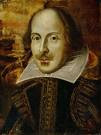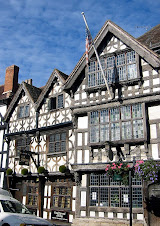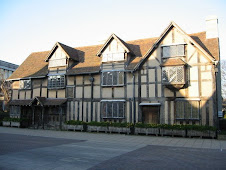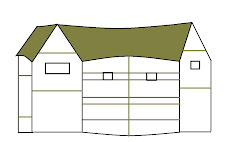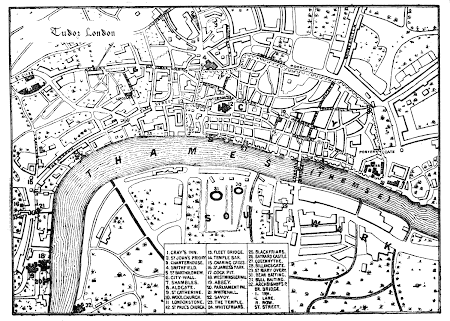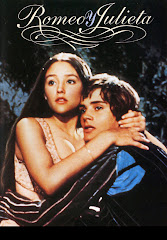Name :Anne Boleyn
Fate :Beheaded at the Tower of London on May 19, 1536 after being charged with adultery.
Children :Elizabeth I
Wife Number : 2
Name :Jane Seymour
Fate :On October 24, 1537, Jane died from complications of childbirth.
Jane is the only one of Henry's wives to share his grave.
Children : Edward VI
Wife Number :3
Name :Anne of Cleves
Fate :Henry divorced her and Anne received a nice sum of money, an estate, and the title of "King's Sister".
Children : None
Wife Number :4
Name :Catherine of Aragon
Fate :Henry divorced her, having their marriaged anulled. Catherine was banished from the kingdom and lived in seclusion until the time of her death.
Children : Mary I
Wife Number : 1
Name :Catherine Parr
Fate :She outlived Henry.On September 7, Catherine died of complications from the childbirth.
Children :None
Wife Number :6
Name :Catherine Howard
Fate : Beheaded at the Tower of London , charged with treason
Children :None
Wife Number : 5
2. Why did Henry marry so many women ?
Throughout his reign King Henry VIII was married six different times. He married for both political and formal reasons.Henry VIII's motive for marriage was to have a male heir to the throne. Some of Henry's actions proved that he would go to any length to have a male child. For example, the beheading of two of his wives and the inhumane treatment of Catherine of Aragon. Henry VIII made a big deal about having a male child to insure the continuance of the House of Tudor.
domingo, 18 de enero de 2009
TUDOR'S LONDON
Tudor London can be described as a prosperous, bustling city during the Tudor dynasty. In fact, the population increased from 75,000 inhabitants with Henry VII to 200,000 at the end of the 16th century.
The Tudor monarchs had a royal residence in London called Whitehall Palace and another in the countryside,called Hampton court , after Cardinal Wolsey gave it to Henry VIII.These Tudor kings and queens used what are now famous parks , such as Hyde Park or St. James's Park , as Royal Hunting forests.
Not many Tudor buildings survive today, mostly because of The Great Fire , which happened in 1666. Besides, , the 13 religious houses in London were converted for private use or pulled down for building materials after the Dissolution of the monasteries, which was Henry VIII's most decisive step against the power of the church in 1538. First the small, less powerful houses had their property confiscated and their buildings blighted (made unsuitable for use). They were followed the next year by the large houses.
Philosophical concepts of the power of the king over church may have played a part in Henry's decision to suppress the monasteries, but so did greed. The monasteries were rich, and a lot of that wealth found its way directly or indirectly to the royal treasury. Some of the monastery buildings were sold to wealthy gentry for use as country estates. Many others became sources of cheap building materials for local inhabitants. One of the results of the Dissolution of the Monasteries is that those who bought the old monastic lands were inclined to support Henry in his break with Rome, purely from self interest.
Apart from that, the theatres were banned from the city by the city authorities or guilds because plays wasted workmen's time ( so it wasn't for religious objection to the play's contents ). Then, they were built in the Southwark, where now a reconstruction of the Globe can be visited to learn about Tudor theatre.
At that time, London's financial rival was the city of Amsterdam, and to be able to compete with it , an international exchange was created in 1566.
(It was founded by the mercer Thomas Gresham in 1566 to enable London to compete for financial power with Amsterdam. This became the Royal Exchange in 1560, and is now housed in a massive Victorian building beside the Bank of England Museum in Mansion House Square.)
So, all in all, and because of many other events and facts, we can say that both London and England were powerful.
domingo, 11 de enero de 2009
Poem Romeo
I can see her sensual glaring eyes.
This beauty I can't resist.
Her sweet sent, her wonderful touch,
Her unerasable kiss.
Her blossomed lips I long to caress,
Her face I long to touch.
I never knew for the life of me,
That I would love her so very much.
I don't know what to do,
I don't know what to say.
When will I ever know?
So how do you love a Juliet?
For my name is not Romeo.
Her luscious skin I can taste in
My mind,
And I can feel her in my finger tips.
I want to trace her curves,
Steal her heart,Place my hands upon her hips.
This fire still burns deep within,
There are no doubts or fears.
With her in my life, It always feels right,
And I'll try to erase her tears.
I want to hold her in my arms,
And never let her go.
But how do you love a Juliet?
For my name is not Romeo.
If we would ever part.
I want to be her solar system,
I want to swim in her lust.
I want her to believe in me,
I want to earn back her trust.
I can't believe I was so willing
To ever let her go.So how do you love a Juliet?
For my name is not Romeo.
Suscribirse a:
Entradas (Atom)
